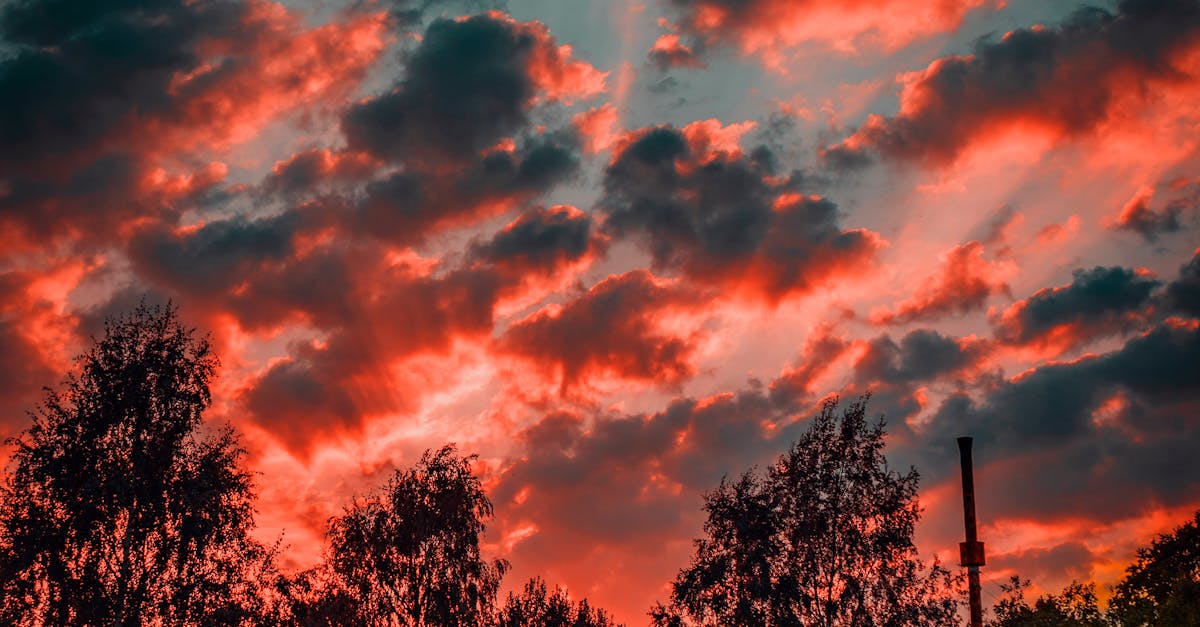
When does dark die grass?
dark die grass is the process by which grass turns a brownish-green color when the plant is stressed, typically by extreme heat, lack of water, disease, or insect damage. Brown grass doesn’t indicate failing grass or a need to replace it.
As a general rule, dark, thick grass is a sign of a wet spring and a good growing season. However, if your grass is turning brown, this is a sure sign of an uneven and/or prolonged dry spell. When grass goes into dormancy in the fall, it stops growing.
If your grass goes into dormancy early, this can lead to an uneven appearance, with some areas of the lawn green and dense while others are brown and sparse. Most people are familiar with the color changes that occur in spring when grass goes from a dormant state to a vegetative state. If you don’t get enough rain, however, your grass may enter the dormant state early.
Fall is also an ideal time for grass to go dormant. When grass goes into dormancy in the fall, it allows the roots to go deeper into the soil for a long-lasting winter.
When does dark die grass turn green?
Fall is the perfect time to start planting grass. The weather is cooler, the days are shorter, and the weather is not quite as hot as it was during the summer. A good rule of thumb is to plant your grass in the middle of September. You can help your grass grow faster and stronger by adding compost tea to your watering can.
Also, consider a fertilizer application when you water your grass to help it grow. Spring is here and many people are wondering when their lawn will start to turn green. Chlorophyll is one of the key ingredients that grass uses to grow, and the amount of chlorophyll in grass affects its color.
Cool season grasses grow during the spring and summer and warm season grasses grow during the fall and winter. Cool season grasses will begin to turn green between March and May and warm season grasses will start to turn green between May and June.
The grass on your lawn will turn green between March and May. After that, it will take approximately two to three weeks for grass to reach full color. This is one of the reasons why the lawn looks a little darker in May.
When does dark die grass turn into green?
Cool-season grasses grow best in temperatures between 65 and 75 degrees. When temperatures exceed 75 degrees, they become stressed and go “brown” or die. The best thing you can do to prevent this is to apply a layer of grass seed when you spot grass that appears to be dying.
If you let it go too long, you’ll have to wait until spring to grow grass again. When grass turns green, it’s a sign of a healthy lawn. However, dark or yellowish grass is not a good sign. When grass is dark or thick, it shows that it’s fighting pests and disease. To get a healthy lawn, weed, and fertilize regularly.
If the grass is very thick, it needs to be cut, especially in the spring. Another way to know if your grass is growing slowly is to see if the blades are pointed or rounded. When grass goes from dark to green, it’s a sign that the grass is getting enough water.
If your grass is growing slowly, it could be because the grass needs more water, either because of a dry weather or because the grass is in a shady area. To find out if this is the issue, check your grass for signs of a brown color or dead spots. If you notice any of these, water your lawn regularly and check it every few days for signs of greening.
How do dark die grass seeds turn green?
Plant seeds that are dark green are those that have been genetically engineered to contain chlorophyll, which gives them the ability to photosynthesize. This process allows the seedlings to grow faster and reach full maturity more quickly. Even though grasses can reproduce asexually with seeds, most species still need a partner plant to reproduce sexually.
This allows for more diversity and ensures the species continues to thrive. As a result, most grasses must be pollinated by insects in order to produce seed. Without pollination, a patch of dark die grass will not turn green and will eventually die out.
For dark die grasses that have been genetically engineered to contain chlorophyll, the green color is usually caused by the addition of a pigment called “luciferase.” This protein is found in fireflies and other insects. When luciferase comes in contact with luciferin, it produces a reaction that results in the production of light.
This process is an example of bioluminescence that enables the seeds to grow more quickly and turn green more quickly.
When does dark die grass grow?
While dark, dead grass doesn’t grow, it can still be thick and tall enough to block sunlight from other grasses and plants beneath it. When grass is allowed to grow unchecked, it becomes tall and thick enough to shade out other plants, making them grow thinner and weaker.
This is also a problem because tall grass can grow over a variety of other plants, smothering them. If your yard is full of grass, but it doesn’t look very green, you may have a dark-looking lawn. You can check for dark grass by walking around your yard and looking at the blades.
If they look lighter in color than the surrounding lawn, you may be looking at a dark dead grass lawn. Your grass grows during the spring and summer. If it’s very late in the season, it may be dark and dead. You can check with your local county extension office for your area’s recommended seeding and fertilizing times to help it stay green and grow longer.






